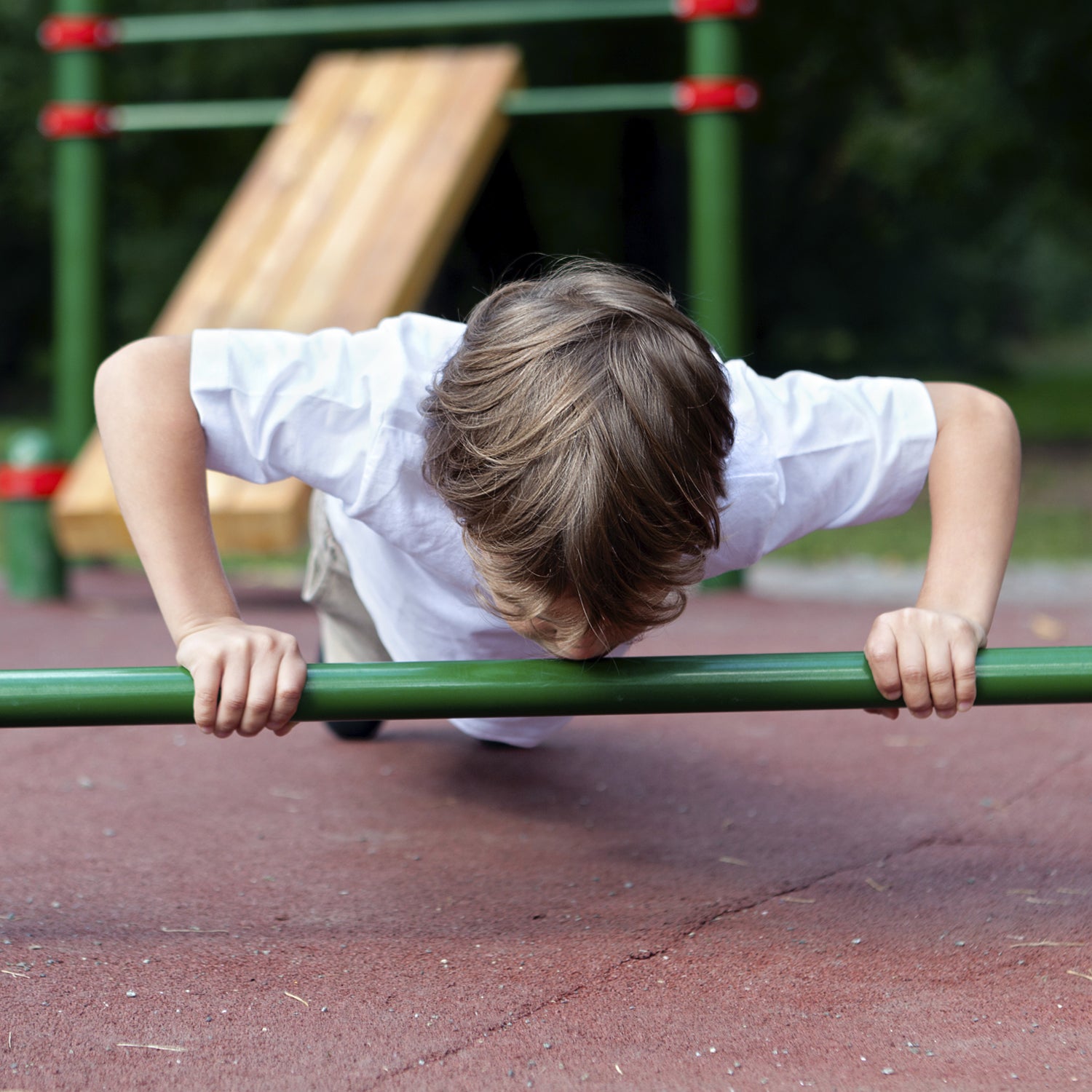Across the country, a rapidly growing number of children and teens are spending their after-school hours jumping, sprinting, climbing, and lifting weights at CrossFit gyms.
Once just a spot for intense, adult-only sufferfests, CrossFit boxes are increasingly welcoming younger members. The number of CrossFit studios in the United States offering CrossFit Kids programmingÔÇöa strength, agility, and movement-based fitness protocol for children ages three to 18ÔÇöhas doubled in the past year to roughly 1,800 gyms. An additional 1,300 schools, rec centers, YMCAs, churches, or other organizations offer CrossFit Kids classes.
“It’s snowballing at this point,” says Mikki Martin, who co-founded┬á┬áwith her husband, Jeff, in 2004.┬á“It’s kind of happening everywhere.”
Since founding CrossFit Kids a decade ago, the Martins have received a variety of over and a program as rigorous as CrossFit. Many observers assume that kids are engaging in the same type of intense workouts as adult CrossFitters. The Martins respond by explaining that the workouts are tailored for every age group. CrossFit Kids doesn’t load children with weight until they reach age 10 to 12. Before then, they max out with small medicine balls or light dumbbells.
“People see high-end, top athletes doing amazing things on CrossFit Games on TV, and they assume we’re doing the same thing,” Mikki says. “CrossFit Kids is developmentally appropriate to age.”
Although weight training can benefit teens, heavy weights should not be used with young children, says Dan Gould, director of the Institute for the Study of Youth Sports at Michigan State University.
“I’m real leery of weights prior to puberty,” Gould says.
For kids younger than teenage years, CrossFit Kids also emphasizes play over competition, the Martins say. The .
“Prior to puberty, I’d have concerns about putting kids into really structured workouts,” Gould says. “You have to make it fun.”
Adult CrossFit classes are typically timed, but the kids’ programs largely are not. Preschool classes never use a clock, and kids age 10 and younger rarely do. Even preteens do most workouts without timing, as form tends to dissolve once the clock starts, the Martins say. The average workout ranges in length depending on age group, anywhere from 20 minutes for preschool children to 60 minutes for teens (including an academic study hall segment).
CrossFit Kids also emphasizes proper form over lifting heavy weights. The Martins say they make sure their clientsÔÇöyouth and adultÔÇöknow how to set their back and pick things up off the ground. Though CrossFit Kids teen classes are structured to be competitive, they’re not based on who is the fastest or strongest but who moves the best. While competitions exist for CrossFit youth, the Martins believe the primary goal should be to make kids stronger; they support competition only for teens who have mastered basic CrossFit skills.
“It doesn’t make sense to load a child when they don’t move well,” Jeff says.
The Martins started CrossFit Kids after they began adapting CrossFit workouts for the middle school and high school teens attending classes at their martial arts studio. They lived across the street from the local high school track and noticed that many students seemed unmotivated during gym classes. They wondered if CrossFit could provide teens the motivation to become stronger and faster.
Right off the bat, the Martins found that teens loved the physical challengesÔÇöand told their friends to come with them. Since CrossFit is so varied, kids could find some element to succeed in, be it a gymnastics move for a smaller teen or weight lifting for a heavier kid. Children who aren’t coordinated with ball sports can typically master some CrossFit move.
“It gives kids something that they are naturally good at and something they have to work at,” Jeff says.
Some youth use CrossFit as a supplement to other organized sports teams. Cathy Goldstein signed up her 10- and 14-year-old daughters for Brand X CrossFit Kids to help them in soccer, volleyball, and water polo.
“Since working out with the CrossFit Kids program, we have seen a significant increase in their strength, conditioning, and mobility,” Goldstein says.


